.jpg)
In particular, record high flood levels on river systems in northern provinces in September and October broke all previously set records.
To ensure people's lives and property, investment in disaster prevention and control works is receiving special attention from the Party, Government and authorities at all levels, especially comprehensive investment in the dike system.
Reshaping the dike system
According to the Ministry of Agriculture and Environment , up to now, the dike system in the country has been very large in scale, with a length of about 9,700km, of which 2,776km of dikes from level III to special level have the task of protecting large areas, densely populated areas and many important economic and political areas of the country from floods and storms, along with many level IV, V dikes, embankments and specialized dikes managed by localities. However, due to the impact of climate change, rain, floods and storms are getting bigger and bigger, causing the dikes which are considered as "shields" against natural disasters to gradually "fall behind".
In recent years, despite being affected by many strong storms and floods, especially the historic rain and flood after storm No. 3 in 2024, the strongest storm in 30 years in the East Sea and in 70 years on land, causing 805 dike incidents in 15 provinces and cities, threatening dike safety. However, the dike system has been maintained and ensured safety, especially the dike lines from level III to special level, where no dike failures have occurred. However, in just the past September, there have been four consecutive storms affecting our country.
In particular, due to the impact of storm No. 11 and the floods after the storm in early October, 83 dike incidents occurred in provinces and cities such as Thai Nguyen, Bac Ninh, and Hanoi. Of these, 13 dike overflow incidents required anti-overflow measures over 26.5 km, 18 dike and embankment landslides, with a length of 778 m; 10 culvert incidents and 10 seepage incidents, with a length of about 30.3 km... This once again affirms the need to re-evaluate the current status of the dike system, in order to have synchronous solutions to meet the ability to withstand natural disasters in the new situation.
Head of the Dike Management Department, Department of Dike Management and Natural Disaster Prevention and Control Tran Cong Tuyen said that the dike system is designed according to the flood warning level, the dike roof can withstand the historical flood level recorded before. However, in recent times, the flood level has always set new records, such as the flood on Cau River in Thai Nguyen province, which exceeded the historical flood level set by Typhoon Yagi in 2024 by more than 1m. That shows that it is time to reshape the dike lines, from which to build a more systematic investment plan for the dike system.
The dyke system is designed according to the flood warning level, the dyke slope can withstand the historical flood level recorded before. However, in recent times, the flood level has always set new records, such as the flood on Cau River in Thai Nguyen province, which exceeded the historical flood level set by Typhoon Yagi in 2024 by more than 1m. This shows that it is time to reshape the dyke lines, from which to build a more systematic investment plan for the dyke system.
Head of Dyke Management Department, Department of Dyke Management and Natural Disaster Prevention and Control Tran Cong Tuyen
In the immediate future, the Ministry of Agriculture and Environment and localities are mobilizing all resources to urgently complete the first hour of handling the incidents that have occurred, ensuring the safety of the dike. At the same time, maintaining forces, readying materials, vehicles, machinery, and equipment for dike protection when incidents and situations arise. With the current situation, Mr. Tuyen emphasized that localities absolutely need not to be subjective or negligent when the flood recedes, continue to inspect and review all dike routes; in which closely monitor the developments in areas where incidents have occurred, review locations at risk of dike and embankment landslides when the flood recedes.
At the same time, evaluate the results achieved, the difficulties and shortcomings in the direction and operation, the actual developments of the historical floods and the weaknesses and shortcomings of the dike system that have been exposed through the recent major floods to promptly supplement and update the dike protection plan, protect key points, and respond to floods in the coming time. In the long term, it is necessary to mobilize resources to invest in upgrading and consolidating the dike system, paying attention to handling incidents that have occurred, key dike points to improve the ability to resist major floods and historical floods.
Investing in dykes is investing in safety.
Pham Duc Luan, Director of the Department of Dyke Management and Natural Disaster Prevention and Control, said that investment in dykes is considered an investment for safety, so although funding sources are limited, the Government, the Ministry of Agriculture and Environment, and localities have focused resources on investment in repairing, upgrading, and maintaining dykes to prevent historic floods and other unusual situations. Accordingly, the medium-term investment plan for the 2021-2025 period is being implemented with seven independent projects and 37 component projects, with a total investment of more than VND 6,681 billion.
Currently, the ministry is preparing to invest in ADB project 10 with a total budget of more than VND 5,341 billion and building a proposal for a medium-term plan for the period 2026-2030, with an estimated budget of about VND 18,000 billion to repair and upgrade the dyke system and prevent river and coastal erosion. At the same time, many synchronous solutions are being implemented such as clearing the river, expanding flood discharge, handling violations of river banks... In particular, to reduce pressure on dykes during heavy floods, localities along the Red River, Thai Binh River, and Day River systems do not raise existing dykes or build new dykes.
According to Luong Tuan Anh, Specialist of the Department of Construction Management of Irrigation Works and Natural Disaster Prevention and Control, Department of Agriculture and Environment of Lao Cai province, there are no dykes from level I to level III in the province, there are only 24,198 km of dykes (12 dykes) from level IV to unclassified. Recently, many dangerous incidents have occurred in the system, such as landslides and breaks in six flood-prevention dykes. To proactively prevent floods, the province has urgently allocated budget to repair and fix four works, with a total investment of more than 11 billion VND, ensuring technical requirements and the ability to withstand rain and floods.
To maintain the goal of ensuring the safety of the dike system, on October 3, while chairing a meeting of the Government Standing Committee, Prime Minister Pham Minh Chinh directed the need to review standards and regulations on design and operation of works and infrastructure to meet the requirements of natural disaster prevention and control; at the same time, review planning and rearrangement of population in mountainous, low-lying, and riverside areas.
In the long term, the Prime Minister directed that it is necessary to review standards, norms, and regulations on design and operation of works and infrastructure, especially electricity, transportation, telecommunications, water supply and drainage, dykes, and irrigation to meet the requirements of natural disaster prevention and control in the context of extreme climate change; review planning and rearrangement of population in mountainous, low-lying, and riverside areas, including in Hanoi.
In addition, when planning and deciding on project investment, ministries, branches and localities need to pay close attention to the issue of natural disaster response and climate change adaptation; review, invest in and upgrade the system of irrigation works and dykes, such as Ke Go Lake, sea dykes in Ninh Binh...; study sea encroachment plans to both respond to natural disasters and expand development space; propagate and mobilize early and from afar, raising people's awareness.
Source: https://baolamdong.vn/day-manh-dau-tu-vao-cac-cong-trinh-phong-chong-thien-tai-396030.html







![[Photo] Cat Ba - Green island paradise](/_next/image?url=https%3A%2F%2Fvphoto.vietnam.vn%2Fthumb%2F1200x675%2Fvietnam%2Fresource%2FIMAGE%2F2025%2F12%2F04%2F1764821844074_ndo_br_1-dcbthienduongxanh638-jpg.webp&w=3840&q=75)
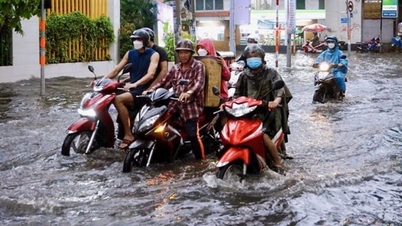

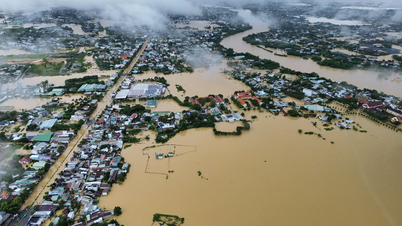

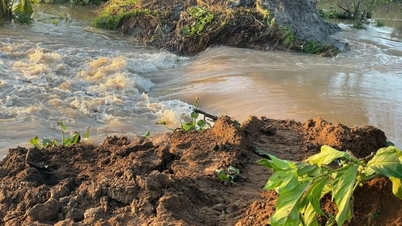





























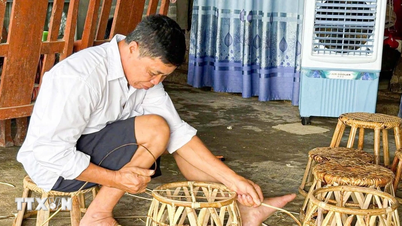













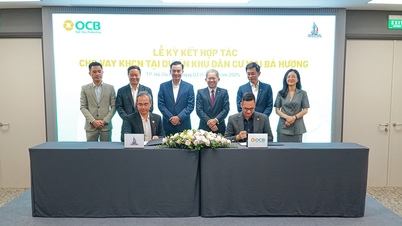


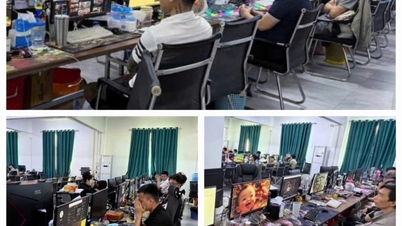

















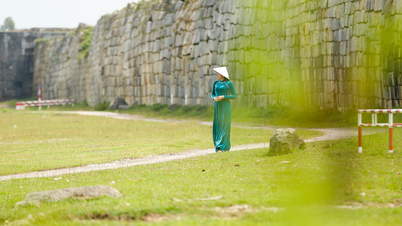



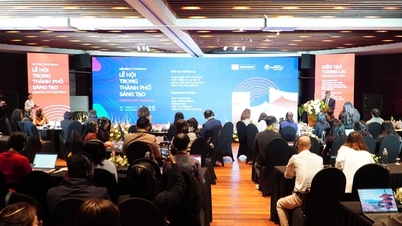

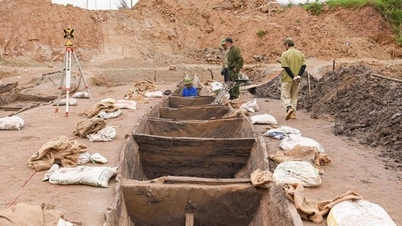


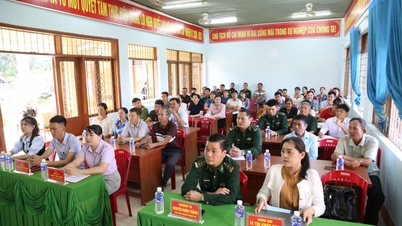
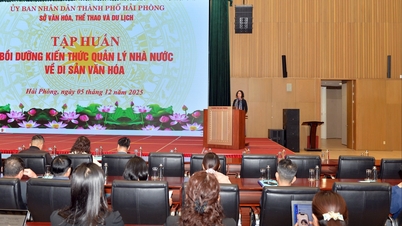




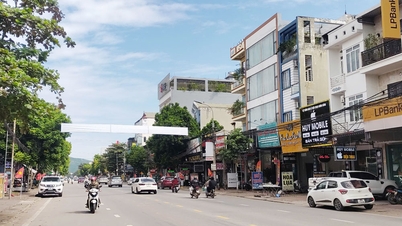

















Comment (0)